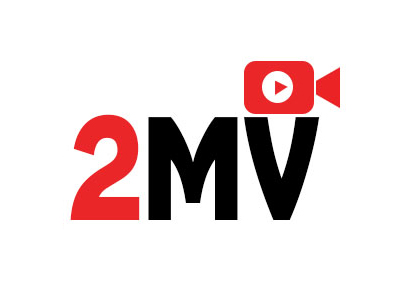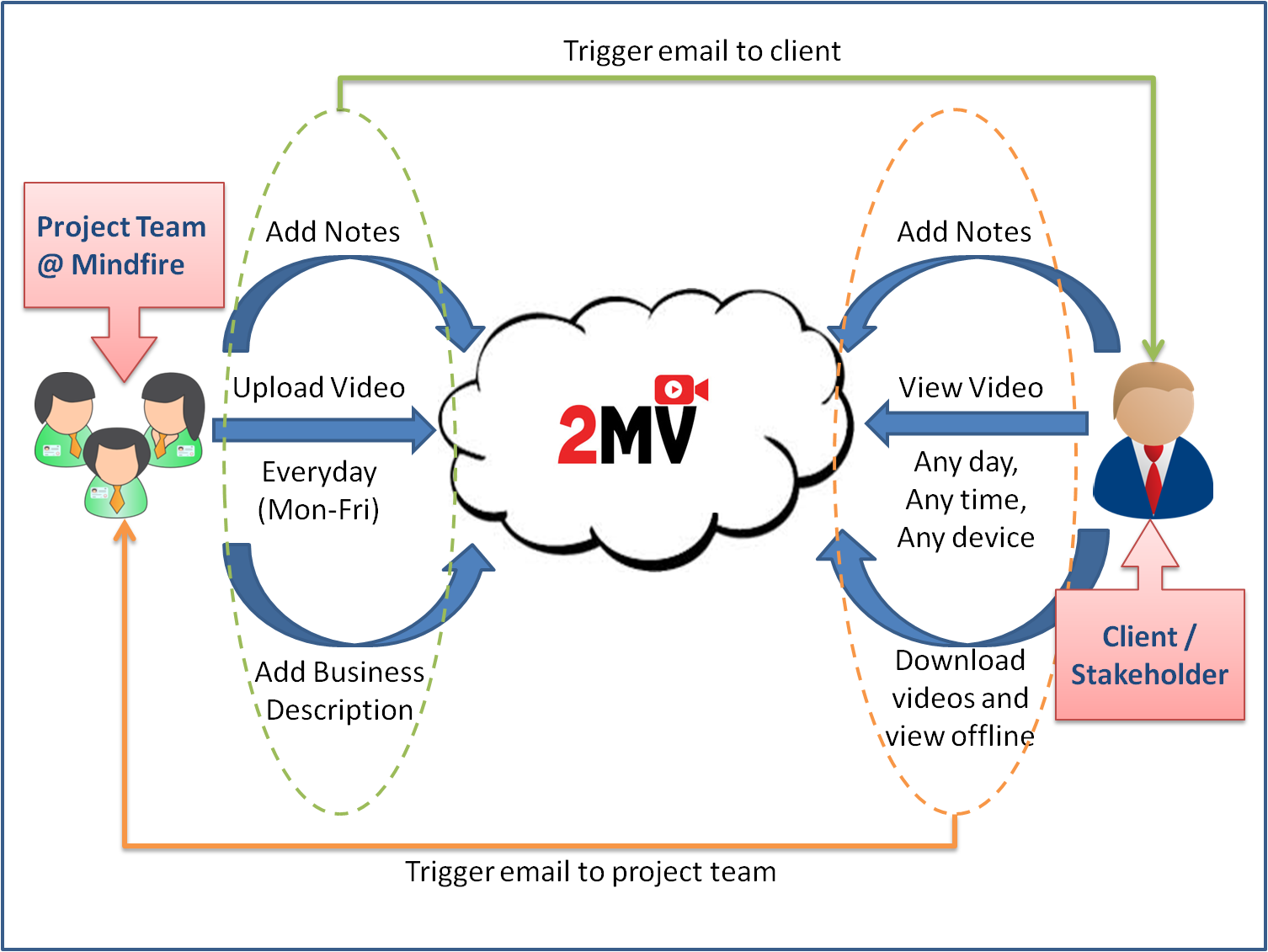Small and medium enterprises that been highly successful are found to have at least two things in common – relentless focus on the fundamentals of their businesses and the uncanny knack of identifying and riding on a market/technological wave. There is also another common thread that connects them all, one witnessing an exponentially rise in its relevance– ‘Information Technology’ as an enabler. Not surprisingly, the one question that gets discussed in any SME nowadays is: “How do we meet our software development needs?”
Developing software in-house is definitely an option. But it can only be pursued by trading off against investing the resources in the core business activities. The alternative course lies in outsourcing all the work to a partner who has the required expertise. Software development is a specialized field. It requires focused and continuous effort to build capabilities to deliver, and upgrade to avoid the risk of oblivion. Thus, a reliable software development partner is priceless. Here’s why
……………………………………………………………………………………………………
Quality vis-a-vis Tenure?
The length of time a software partner has been in operation indicates how well it can adapt to the shifting demands of the industry and its clientele. A longish tenure essentially means that their investment in software engineering processes and related measures are robust and that the company can ascertain the benefits of expertise and flexibility in their engagement. Their deliverables, thus, are expected to be of a certain distinct level.
Technical Knowledge
It being its core area of work, a capable partner can provide quick access to technical skillsets with both depth and breadth of expertise. Building such capabilities in-house requires a continuous expenditure of time and money. The same if accessed through a partner relives an SME of a lot of headache. Infact, the services of multiple outsourcing providers can also be availed if the needs are varied, thus enabling the SMEs to be nimble-footed in responding to market opportunities.
Expense
The overall cost of establishing and maintaining a software team is quite high. It involves cost attached to hardware, software and most importantly acquiring and retaining relevant talent. Outsourcing offers the privilege of flexibility, for ramping up and down of resources, and of getting access to the exact type of technological expertise to handle exact needs and fluctuations in work generation.
Domain Knowledge
Seasoned developers with a track history of successful project execution in a certain domain can recommend the best of the industry practices while offering solutions. Domain knowledge translates to better and faster identifications of gaps, precision in technological solutions and identifying opportunities for improvisation.
Crisis Management
The true test of the character of a software partner arises during instances of crises. Software companies, which have served multiple clients over many years, end up facing multiple types & instances of crises during the tenure. The experience equips them to respond to such situations better in the future. The more diverse the experience of the partner the better the response expected.
……………………………………………………………………………………………………
If the benefits of outsourcing to a partner seem businesswise prudent, then caution needs to be exercised in its execution. Just identifying a player is not good enough for the purpose. One runs the risk of being limited by the capabilities of the services provider in the long run. It needs to be ascertained that the partner is doing enough to keep pace with the rapids changes in the field of Information Technology. Besides that, exploring various models of engagement is also an important aspect of any partnership.
How much an SME truly gains out a partnership with a software development company is directly proportional to these factors mentioned above.
……………………………………………………………………………………………………
If you have any queries in this field, talk to Mindfire Solutions. For over 19+ years now, we have been the preferred Software Development Partner of over 1000+ Small and Medium-sized enterprises across the globe.




